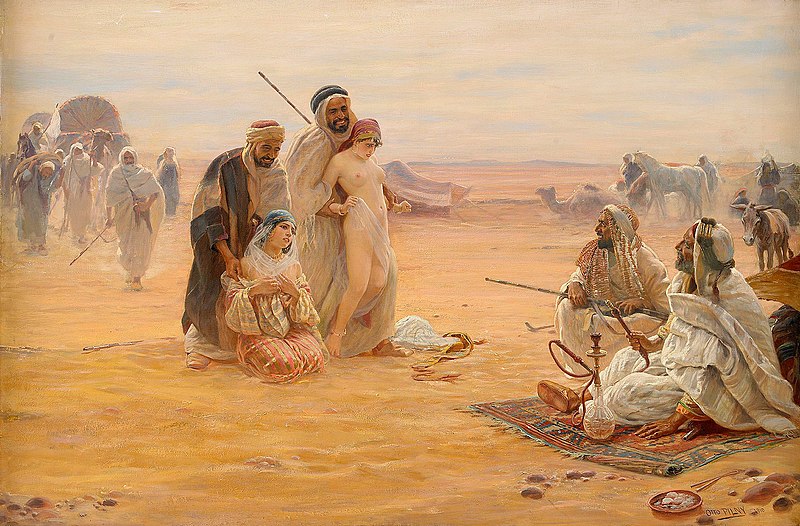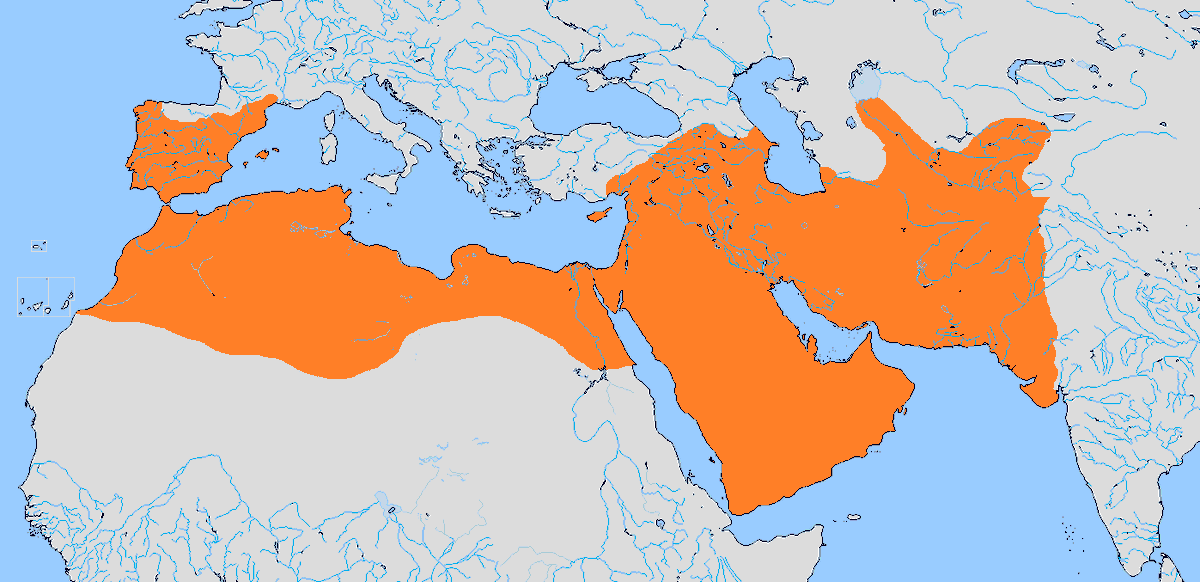
1. The Theory of Jizyah – Jizyah Series - Part 2
Like most laws in Islam, the tax of Jizyah also arises from the Quran. The verse ordering the imposition of this tax came after the Prophet captured Mecca in 630 C.E. The verse says refusal to convert to Islam translates to a tax.
Like most laws in Islam, the tax of Jizyah also arises from the Quran. The verse ordering the imposition of this tax came after the Prophet captured Mecca in 630 C.E. The verse says refusal to convert to Islam translates to a tax.

2. Holy Quran Chapter 9: Verse 29: “Fight those who do not believe in Allah or in the Last Day and who do not consider unlawful what Allah and His Messenger have made unlawful and who do not adopt the religion of truth from those who were given the Scripture…”
3. “…[fight] until they give the jizyah willingly while they are humbled.” Chapter At-Tawbah (9:29) Jizyah thus becomes compulsory. And if non-Muslims have to be ‘tolerated’, then that toleration is monetized with an aside of humiliation of non-Muslims.
4. Different Islamic lawmakers have different opinions on who is eligible for Jizyah. While most believe that only Jews and Christians are eligible for it, and idolaters like Hindus should just be put to death, it was sheer impossible to do that in those times.
5. Imam Malik, one of the four greatest jurists of Islam and one of the Islamic scholars whose tradition – the Maliki school of Islamic jurisprudence – is one of the four great Islamic traditions – he allowed Jizyah for Hindus too. 

6. Jizyah is a price for exercise a religion other than Islam. By imposing heavy tax on just being non-Muslim it encourages conversions to Islam. Thus Jizyah is a Jihadic impost. It is a punishment of ‘unbelief’ according to Islam. It is a tool of humiliation of non-Muslims.
7. Only thing that non-Muslims get back from Islamic rulers is a promise of not being exterminated for a certain period of time. It is essentially protection money demanded by religious mafia. Hindus are allowed poor and basic existence under it, but just that.
8. Jizyah is a tool of:
1) Fiscal Jihad – It seeks to destroy financial backbone of non-Muslim society.
2) Humiliation – It seeks to insult non-Muslims to shame them out of their dharma.
3) Islamic Jihad – In long-term it is a tool to slowly turn the non-Muslims towards Islam.
1) Fiscal Jihad – It seeks to destroy financial backbone of non-Muslim society.
2) Humiliation – It seeks to insult non-Muslims to shame them out of their dharma.
3) Islamic Jihad – In long-term it is a tool to slowly turn the non-Muslims towards Islam.
9. Mujaddid-I Alf-I Thani, an Islamic scholar contemporary to Jehangir believed that the primary purpose of Jizyah was the humiliation of the Kafir. It was meant to destroy the dignity of non-Muslims to the point where they are depressed enough to not even wear good clothes.
10. Thani wrote: “'The real purpose of imposing Jizyah on them (the Kafirs) is their humiliation. And the humiliation goes to the extent that for fear of Jizyah they may not put on good dress and live with dignity/in prosperity and they may always live in fear trembling.”
11. This is the theory of Jizyah. In subsequent threads we will look into its history.
Reference for tweet 10: “12. For a detailed discussion of the concept of 'unclean', see Anwar Shah Kashmiri, FayD al-Bari (on Bukhari), I, pp. 361-363.”
===
Reference for tweet 10: “12. For a detailed discussion of the concept of 'unclean', see Anwar Shah Kashmiri, FayD al-Bari (on Bukhari), I, pp. 361-363.”
===
• • •
Missing some Tweet in this thread? You can try to
force a refresh













